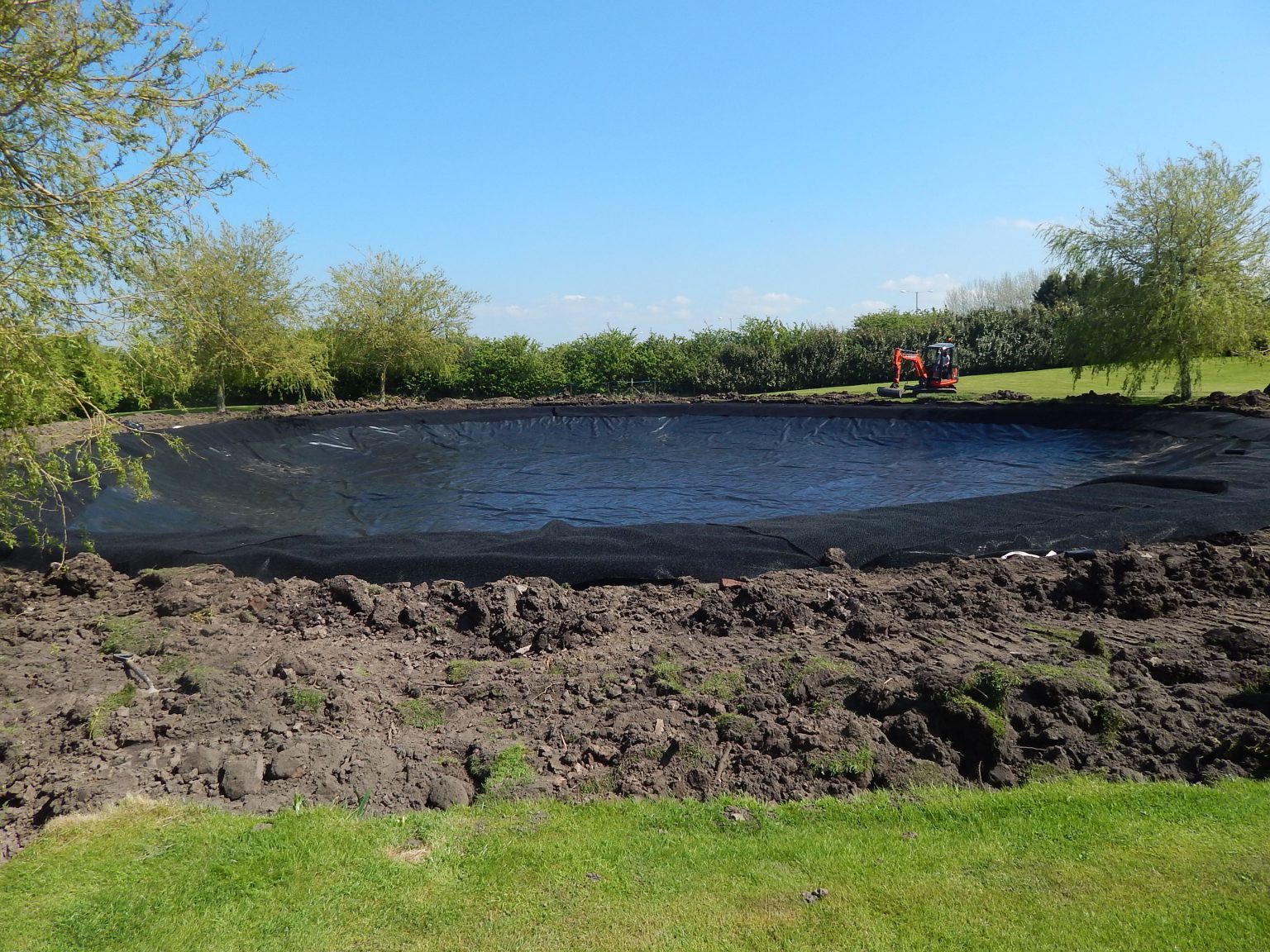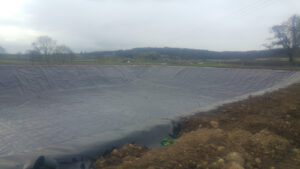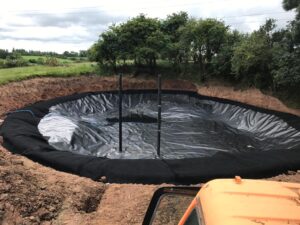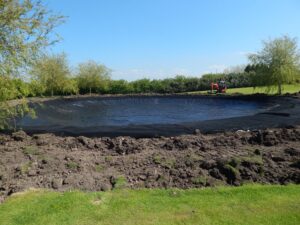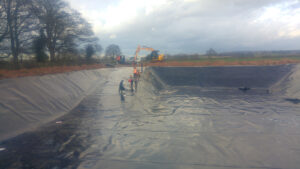Large geomembranes serve as essential barriers in various industries, providing containment solutions that safeguard the environment from potential hazards. These synthetic membranes, typically made from materials like high-density polyethylene (HDPE) or polyvinyl chloride (PVC), are engineered to offer impermeability and durability across diverse applications.
Understanding Large Geomembranes
Geomembranes are large sheets or liners used primarily as barriers to prevent the seepage or leakage of liquids and gases in containment systems. Their flexibility and robustness make them suitable for a wide range of projects requiring reliable containment solutions.
Applications of Large Geomembranes
Environmental Protection
In environmental engineering, these membranes are used in landfills to prevent leachate—the liquid formed by rainfall percolating through waste—from contaminating soil and groundwater. Geomembranes form the crucial bottom liner in these sites, ensuring that hazardous materials do not seep into the surrounding environment.
Water Containment
Geomembranes play a pivotal role in water containment, from reservoirs and ponds for water storage to agricultural irrigation systems. They prevent seepage, ensuring efficient water management and reducing the loss of precious resources.
Mining and Industrial Applications
In mining operations, these membranes are used in tailings ponds to contain and manage the by-products of extraction processes, preventing environmental contamination. Similarly, in industrial settings, they serve as containment liners for chemical storage areas, protecting against leaks and spillage.
Advantages of Large Geomembranes
Impermeability
One of the most significant advantages is their impermeability, effectively blocking the passage of liquids and gases. This property ensures reliable containment, reducing the risk of environmental pollution and hazards.
Durability
Large geomembranes are designed to withstand harsh environmental conditions, including UV exposure, temperature fluctuations, and chemical exposure. Their durability ensures long-term performance and minimal maintenance requirements.
Versatility
Their adaptability and versatility allow for customisation based on specific project needs. Geomembranes can be fabricated in various thicknesses, sizes, and compositions to suit diverse applications.
Installation and Maintenance
Professional Installation
Proper installation by trained experts is crucial for the effectiveness of geomembranes. This includes meticulous preparation of the site, precise installation techniques, and quality assurance checks.
Regular Inspections
Routine inspections help detect any signs of damage, wear, or degradation in the geomembrane. Timely repairs or maintenance prevent potential issues from escalating and ensure continued reliability.
Large geomembranes play a vital role in environmental protection, containment, and resource management across numerous industries. Their impermeable nature, durability, and versatility make them indispensable in preserving ecosystems, safeguarding water resources, and preventing contamination in various applications.
By investing in quality materials, professional installation, and regular maintenance, industries can rely on large geomembranes to provide effective containment solutions, contributing to a more sustainable and environmentally conscious approach in diverse sectors.

